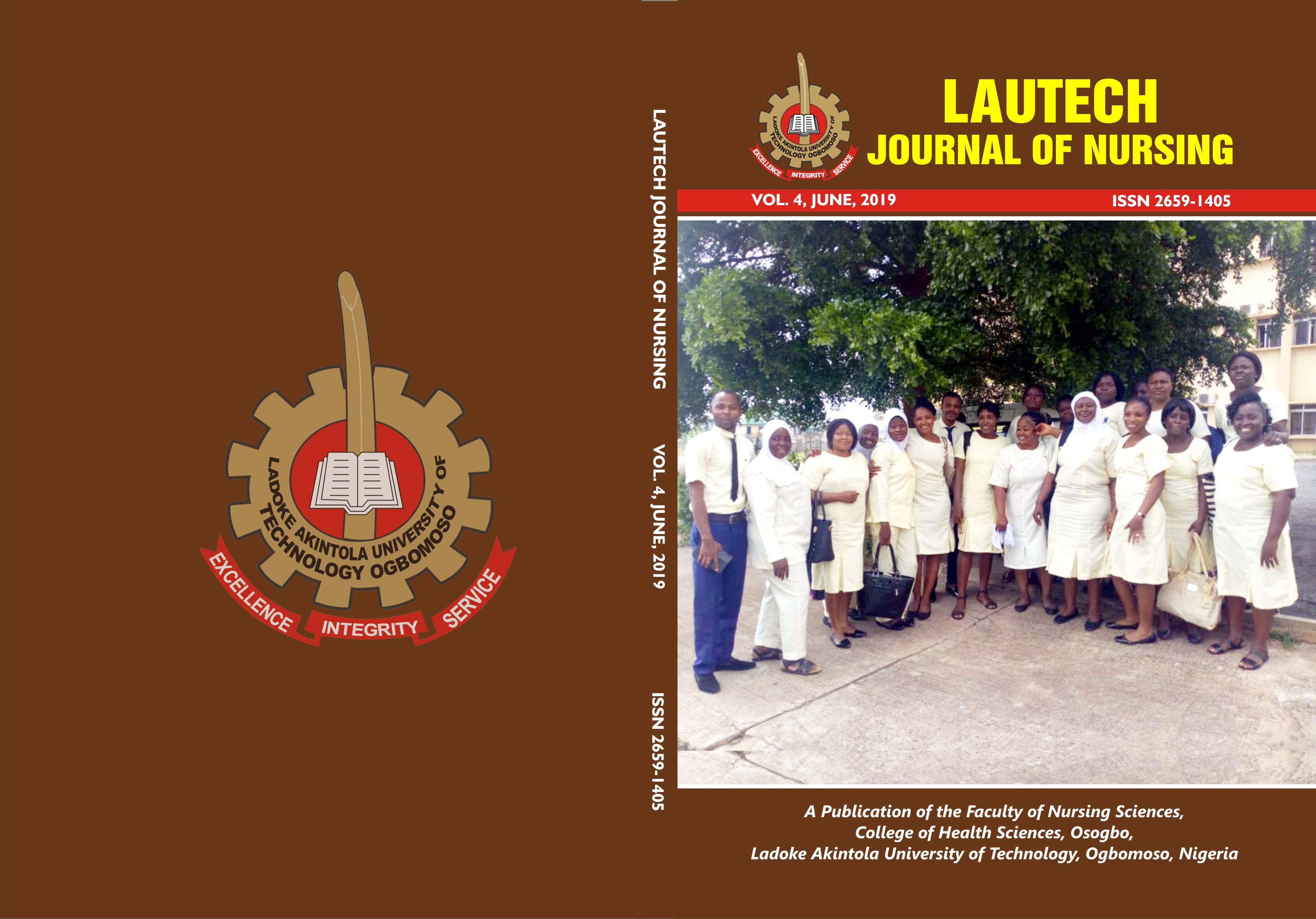Nutrition has a very significant influence on health and development throughout a person’s life. Guiding children on a path to healthy living through their diet will ensure that school age children grow and develop normally. This study assessed the nutritional status of school age children and evaluate their feeding habit, using the cross sectional, descriptive approach, in which 200 schoolaged children from four public primary schools in Eti-Osa Local Government Area, Lagos State participated in the study. Self-administered questionnaire and anthropometrics measurements were used to asses’ nutritional status. Statistical Package for Social Sciences (SPSS) software Version 20 using descriptive statistics. The study showed that 34% of the school age children were normal for their weight and 24% were normal for their height using NCHS standard. Results also showed that (59.5%) were underweight (6.5%) were overweight and (74%) stunting. The eating habits of the respondents include skipping meals (66.5%), snacking (16%). The most popular starchy foods among school aged children in this study is Noodles and Rice which was taken more than once a day by the respondents (30%) and (36%) respectively and daily by (35%) and (39%) of the respondents respectively. Meat/Fish and Egg were also consumed daily (36.3%) while fruits and vegetable were consumed once in a week. There is a high degree of malnutrition among the school aged children. The school aged children, mostly consumed starch (noodles and rice), less than half of the respondents consume meat, fish or egg daily and fruits and vegetable which are essential sources of nutrients. Therefore, nutrition education should be given both in the family and at school in order to draw attention of parents on how to choose the essential diet from locally available food sources. Government should provide free homegrown school meals to provide at least one third of the energy required per day for school aged children to alleviate malnutrition.
- Iyabo | Y | Ademuyiwa | debbyademuyiwa@yahoo.co.uk | +234 805 207 4063 , Joel | O | Faronbi | joelfaronbi@gmail.com | +234803383018, Adeolu | . | Ejidokun | aejidokun@noun.edu.ng | 0802 705 1339, Eunice | A | Ojo | favouredbim@gmail.com | +234 802 302 7428, Alaba | O | Joseph | toyinalaba@yahoo.com | +234 817 905 0542
- Stunting, Underweight, Overweight, Starchy Food, Habit, School Age Children.
- ANTHROPOMETRIC EVALUATION AND FOOD HABIT OF SCHOOL AGE CHILDREN IN LAGOS, NIGERIA


